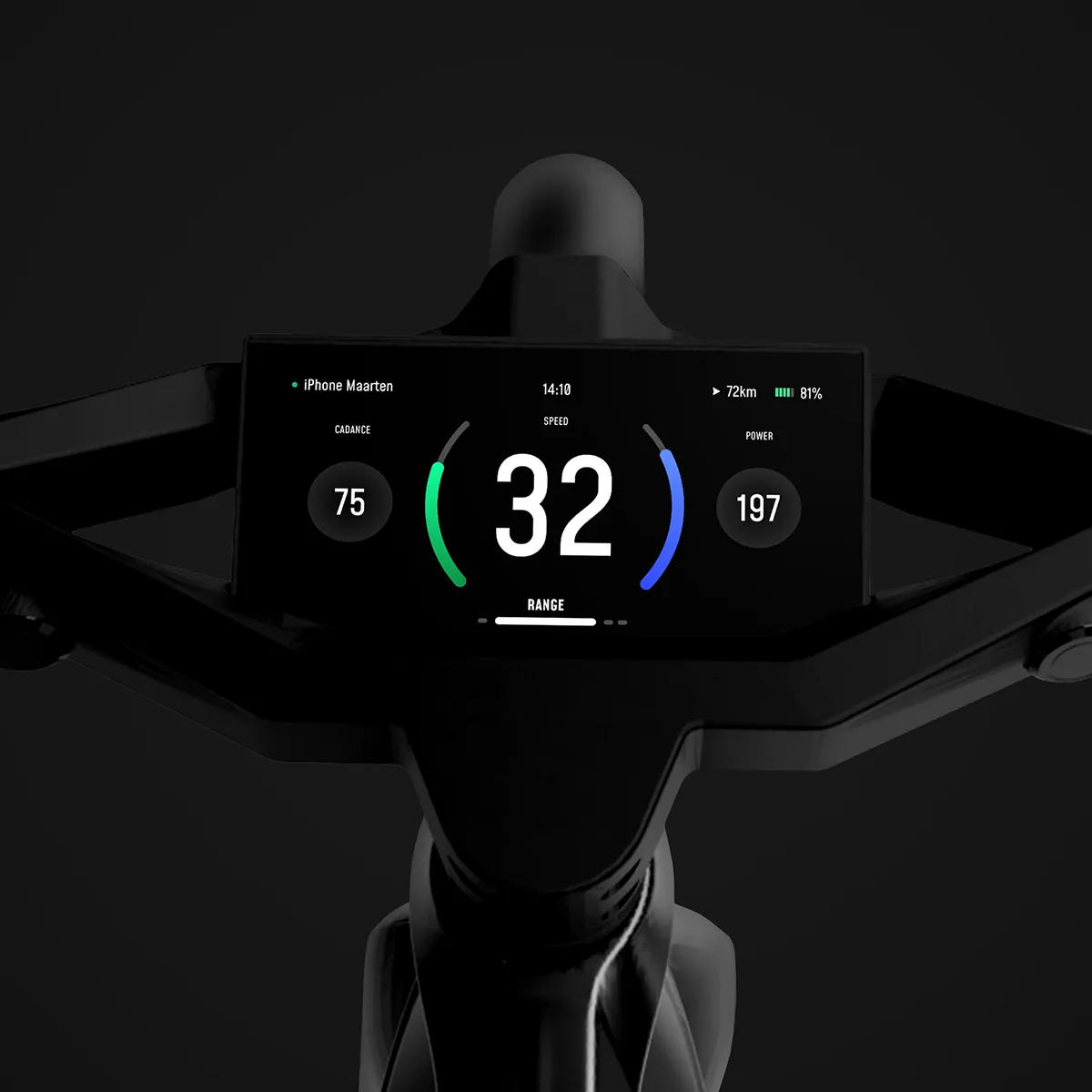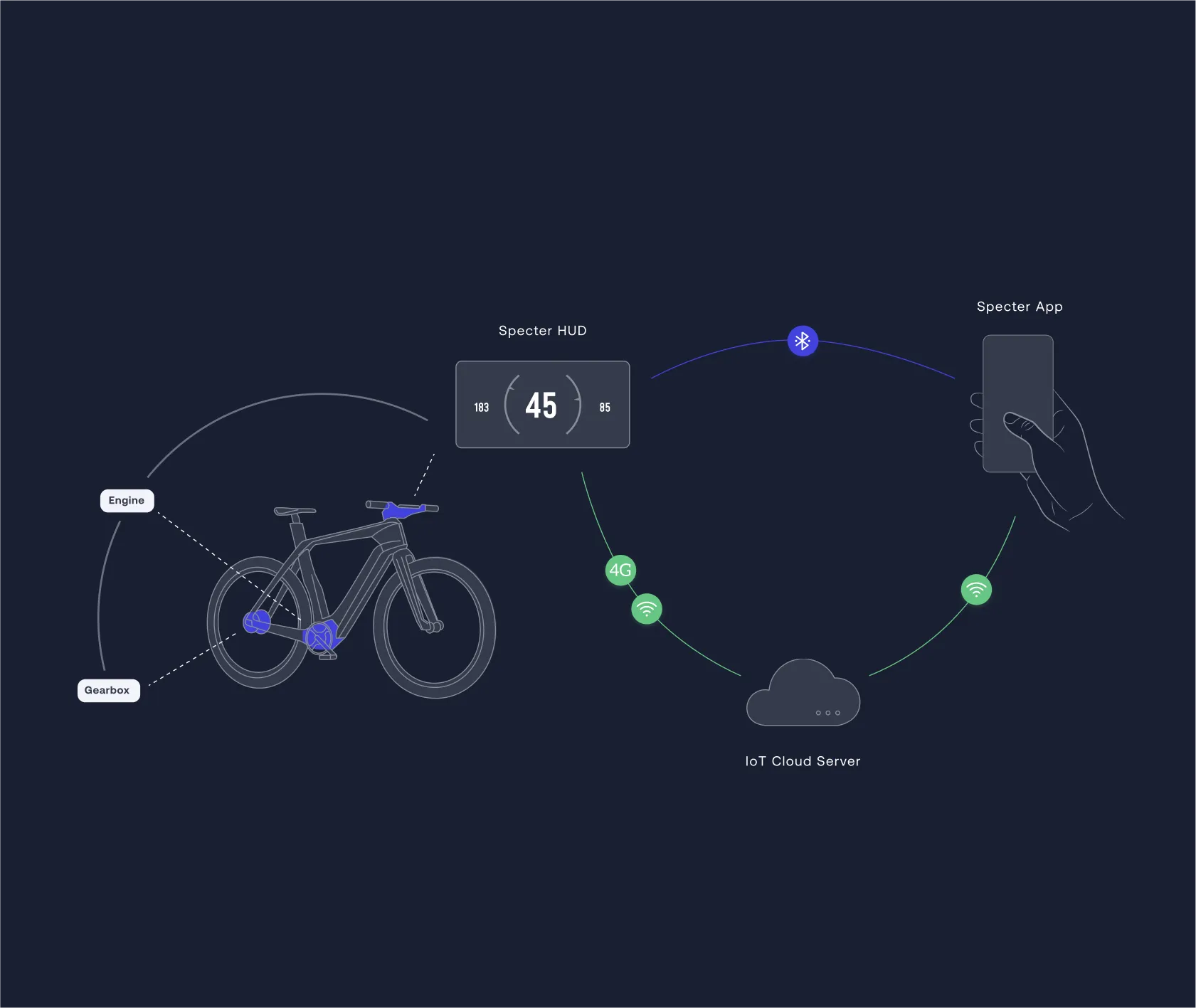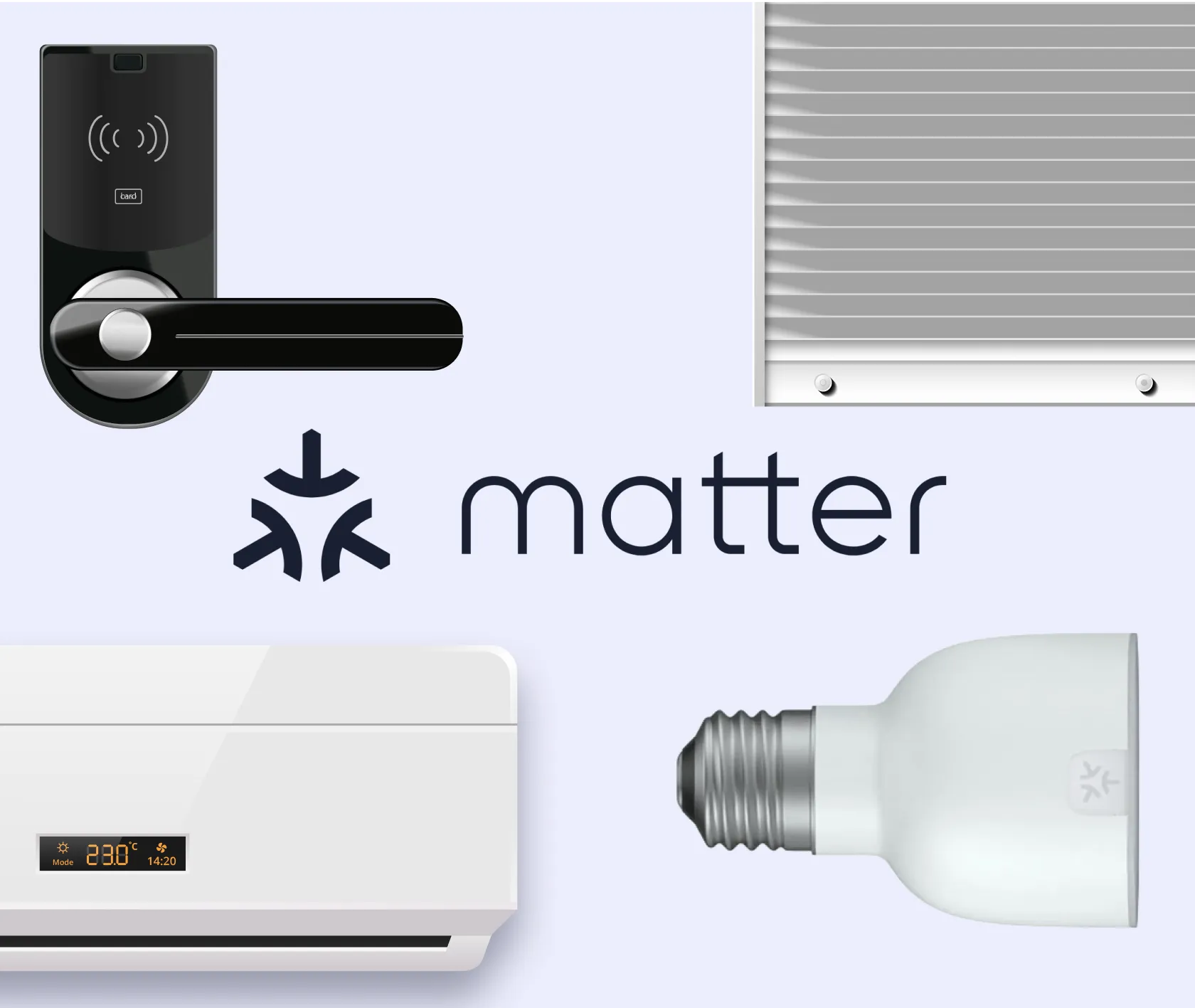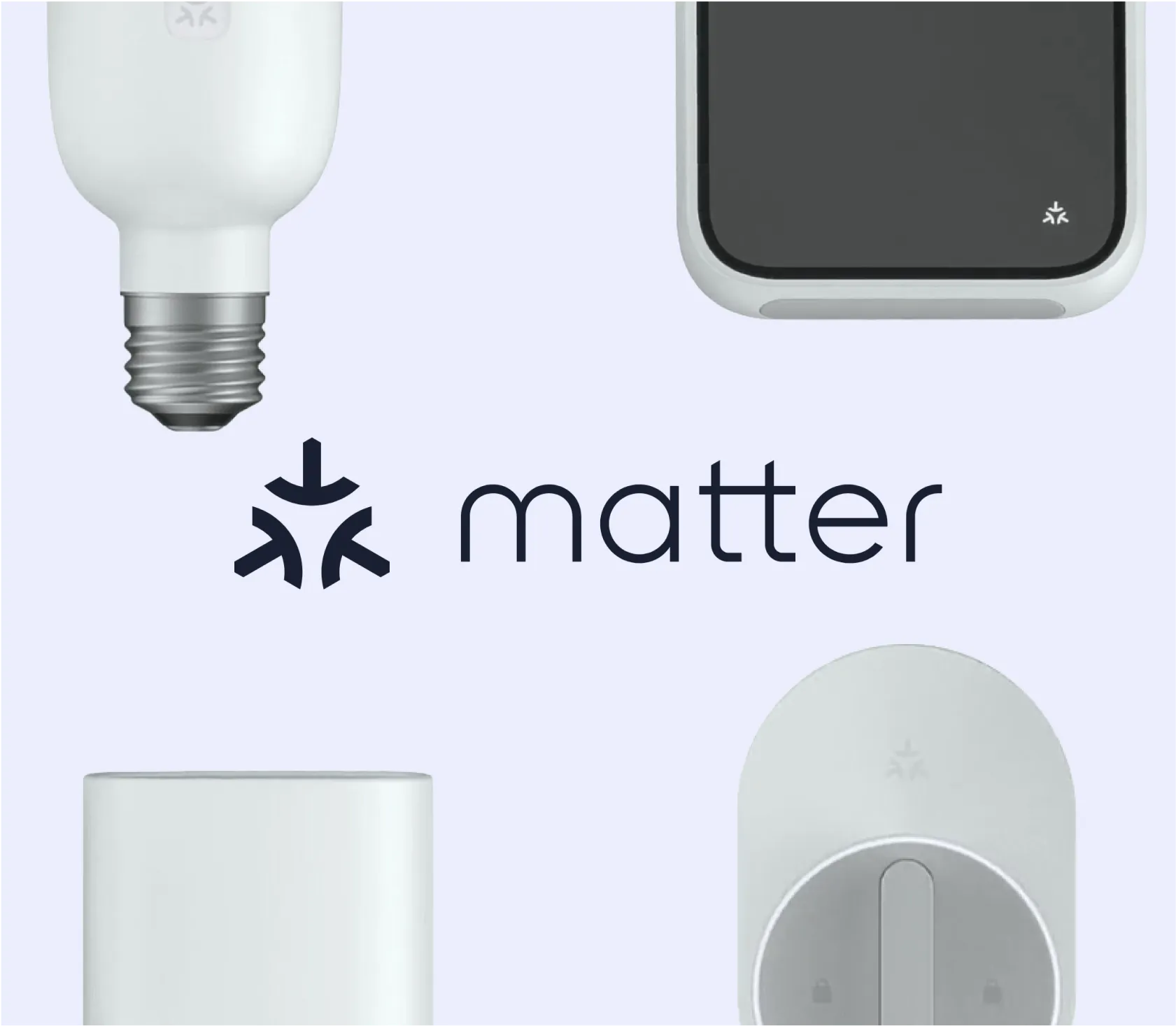
When you think of the Internet, you probably think of smartphones and laptops as the primary devices used to access it.
That’s certainly true, but thanks to the Internet of Things, any device can be connected. Yes, even your bike, extractor hood or pedestrian gates. At Aaltra, we know all about it, because we connect humans with machines.
However, this is not always easy, as each brand has developed its own standards for the Internet of Things in recent years.
The tech giants (Apple, Google, Samsung, Signify…) want to solve this issue and are developing a royalty-free connection standard for home automation: Matter, formerly known as CHIP (Connected Home over IP).
Get in touch


Matter should replace various wireless standards such as Zigbee and Z-Wave.
This new standard will allow devices to work together more intelligently and make the smart home truly mainstream. An added benefit is that we'll be able to focus more on privacy protection. On this page, we’ll focus on the potential and current disadvantages of Matter.
Matter in a nutshell
Here's a simplified explanation of how Matter works
Network Layer
Matter utilizes IP-based networking to establish connections between smart devices. It leverages common networking technologies like Ethernet, Wi-Fi, and Thread (a low-power mesh networking protocol) to create a reliable and secure network infrastructure.
Transport Layer
The Transport Layer defines how data is exchanged between devices. Matter uses the reliable and secure Datagram Transport Layer Security (DTLS) protocol to encrypt the communication and ensure data integrity.
Application Layer
At the Application Layer, Matter employs a common data model and message protocol to enable interoperability between devices. It defines a standardized set of device types, capabilities, and data formats that all Matter-certified devices must support. This allows devices from different manufacturers to understand and interact with each other seamlessly.
Device Provisioning
To add a new Matter device to your smart home network, a simple and secure provisioning process is used. Typically, this involves scanning a QR code or using BLE detection to establish a secure connection between the new device and your network.
Smart Home Platforms
Matter is designed to integrate with existing smart home platforms such as Apple HomeKit, Google Assistant, and Amazon Alexa. This means that Matter-compatible devices can be controlled and managed through these platforms' respective apps or voice assistants.
By adopting Matter, manufacturers can develop devices that conform to this standardized protocol, ensuring interoperability and reducing the need for separate companion apps or hubs for each smart home device. Ironically, the protocol rollout is still relatively slow, so manufacturers must keep many features in their applications.
The benefits
Interoperability
Matter allows devices from different manufacturers to work together seamlessly, reducing the need for consumers to worry about compatibility issues when choosing smart home products.
Simplified setup
With Matter, users can easily set up and connect their smart devices to their home network without requiring additional apps or hubs.
Focus on security
Matter uses strong encryption protocols and other security measures to protect users' data and devices, making it more secure than many current smart home solutions. Sidenote: although there’s a focus on security, Matter will never be as good as its predecessors Zigbee and Z-wave because it connects devices directly and autonomously to the internet.
Better user experience
With Matter, users can enjoy a more streamlined and intuitive experience when using their smart devices, thanks to standardized protocols for controlling and monitoring devices.
Future-proofing
The Matter standard is designed to be scalable and adaptable, meaning it can be updated and improved over time to keep pace with new technologies and use cases. This ensures that devices using Matter will remain relevant and useful for years to come.
.webp)
As a brand manager, do I still need an app?
At Aaltra, we are at the forefront of investigating Matter. We organize Matter hackathons, give keynotes and share experiences with colleagues. Our initial results from these hackathons are pretty sobering: the only party actively getting started with Matter is Google. Other companies, including Apple, are currently more focused on internal development.
While the technology remains promising, it is crucial to refrain from betting everything on Matter and to think carefully about what you can do with this standard. Nonetheless, the standard is coming, and it is important to ensure that your hardware can support Matter via an over-the-air update in the future.
Last update: June 2023
Supported devices
As of June 2023, the following device categories are supported in Matter: light bulbs and light switches; plugs and outlets; locks; thermostats and other HVAC controllers; blinds and shades; sensors (motion, contact); televisions and streaming video players; wireless access points; and bridges.
Check out The Verge's list of Matter-compatible devices for a complete overview.


Last update: June 2023
Our vision
Despite the Matter standard, it is still essential to develop your own configuration for your device. Matter will simplify everyday applications, but custom applications are necessary for specific features. For example, while you can turn your smart lighting on and off through a Google speaker, you can only set certain moods or contact customer support through a dedicated app. These specific features are crucial for brand differentiation. In addition, your own app is also a touchpoint or channel through which you are in contact with your end customer, either for support or upselling.
Another key feature that is still missing is data capturing. As a result, brand manufacturers lose insights that can be used to improve customer service or make strategic choices.

Want to learn more about Matter?
Get in touch with Pieter.

